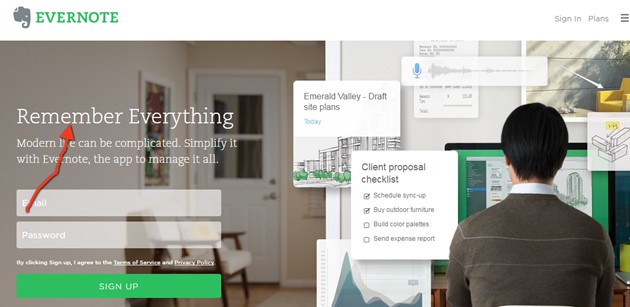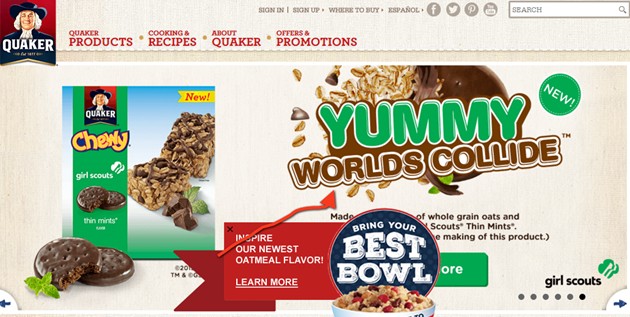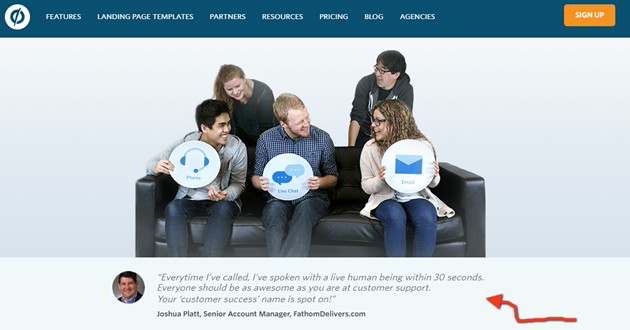Content marketing is probably one of the most effective strategies for marketers today. Some 88% of B2B marketers use content marketing for their marketing efforts, as do 76% of B2C marketers, according to research from MarketingProfs and the Content Marketing Institute.
But the mindset, objectives, and intentions of B2B audiences are different from those of B2C audiences. Content for those different audiences must differ accordingly. Here are some of the key differences that a content marketing strategy must take into account.
Defining the Target Audience
The first step in any content marketing strategy is to understand the target audience. Therefore, you need to create an in-depth user or customer persona, taking into account (among many other factors) that the mindset of a B2B customer is usually different from that of a B2C consumer.
The B2B customer is looking for a product or a service that would add value to the business; an incorrect choice will cause damage both to the business and the career of the decision-maker. A B2C consumer, on the other hand, is looking for personal and emotional fulfillment, and (usually) is not answerable to anyone else for his/her choices.
Defining the Objective of Content Marketing
The content marketing objective is at the heart of a content strategy. In B2B, you're looking to get leads out of your content marketing efforts. A B2C environment requires you to create brand awareness and build engagement around the product or service, with the understanding that they will eventually lead to more business.
Understanding User Intent
Studying user intent helps create the right sort of expert content to help audiences find what they are looking for. One way to discover user intent is to research the search keywords used by in your industry or niche.
A B2B marketer must look at identifying the problems or issues that the target audiences' businesses are facing so that you can provide content that addresses their pain points.
If you are marketing a B2C product, you need to understand user behavior to gauge the aspirations of the target users—to understand what connects with them on an emotional level.
Defining the USP
The next step is to create a unique selling proposition. The USP tells your audiences why they should buy the particular product or service.
A product like Evernote helps manage task lists and business notes; the company clearly highlights the USP through the following messaging:

Once a USP has been defined, you create an engagement plan around it. In the case of a B2B audience, you want to showcase your product as a solution that meets a business's requirements.
On the other hand, a B2C consumer is looking to satisfy a personal preference, and not looking merely for useful information and solutions. Here is how consumer brand Quaker showcases a product on its website:

Preparing a Content Calendar
After having a basic idea about the kind of content you wish to create, you need to develop a content calendar.
A B2B calendar would typically focus more on important business events, new feature releases, and product launches; it would also include longer-term efforts, with the intent of establishing industry thought-leadership.
A B2C calendar would focus on holidays, promotions, offers, and other events that the audience may relate to on a personal level, offering an opportunity for marketers to create (for example) contests and other content that engages audiences.
Defining the Content Distribution Channels
A content marketing plan should also consider the key channels through which the campaign is going to be run.
A B2B content plan might typically include the company blog and website, guest-blogging, LinkedIn, Medium, SlideShare, and YouTube
A B2C plan typically focuses more on Facebook, Twitter, YouTube, blogs, Instagram, and Pinterest.
Stuff That B2B Content Marketers Should Not Forget
Client Testimonials
Stories of happy clients are a key element of a B2B content marketing strategy. Every new client wants to know... Who are your existing clients? For how long have they been with you? What services have you delivered? How satisfied are they?
Answering those questions by putting up client testimonials, stories, and videos can be truly helpful in garnering leads.
Unbounce, a landing page development tool for digital marketers, showcases client testimonials on the homepage of its website:

You can also get your clients to participate in content creation. They could write a guest article for your business blog. That, and similar activity, helps to generate interesting content while also strengthening the relationship between your business and your client.
Provide Solutions to Problems
Bringing out key product advantages and differentiations through useful content will help you build a reputation in the market. A B2B marketer should regularly participate on Q&A sites, such as Quora and Yahoo Answers, and help out target audiences with their queries.
Developing Subject Matter Expertise
Developing subject matter expertise and creating e-books, whitepapers, infographics, and product demos, can help target relevant prospects. Here is how Salesforce has created a section for its target users to view all of the product demos, with a simple registration form:

Stuff That B2C Content Marketers Should Not Forget
Customer Engagement
A B2C customer is often looking to fulfill aspirations or emotional needs through your product or service, even if it is also fulfilling a practical need. A content marketer might build excitement and interest around the product through sweepstakes, contests, and quizzes. Using emotional messages to get the audiences to participate is helpful.
Here is an example of a Facebook contest from bestselling author Dana Gabaldon's Facebook page:

Community-Building
B2C content marketing calls for building a community of loyal fans and followers, even if not in a formal sense of community. They constitute a set of people who are looking to associate with your brand and talk about it with peers. Creating content that connects with those people would help get likes, shares, and followers.
Using GIFs and viral videos is good choice for many a B2C marketer. The #BeAgeless campaign across social media from Olay received over 17 million views in a single week.
Integrated Efforts
B2C content marketing helps to make use of the synergies between offline and online marketing channels. Creating offline events to create buzz around a product can be promoted on social platforms to increase campaign reach. Here is how the Harley Davidson Facebook page promoted an offline promotional event:





